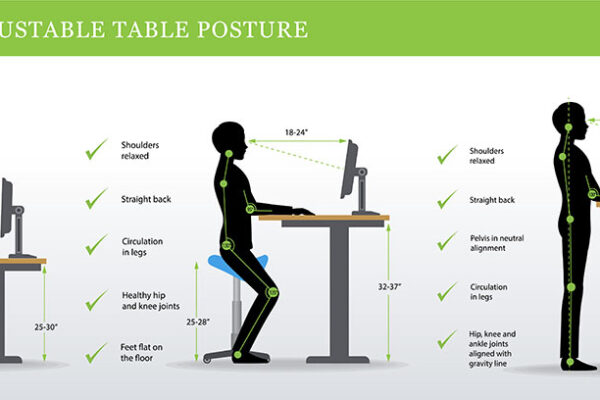The ability to perform optimal movement, whether getting out of a chair or throwing a curveball, requires a foundation in certain areas before engaging in a complex task. These components for optimal movement require appropriate mobility of the joint and/or soft tissue, strength to stabilize the joints involved in movement, and dynamic control during the movement and skill in a complex task. By being able to understand and re-visit these basic principles will allow for more complex movements and higher level performance.
Mobility: Is the joint able to move through the range that is required? Is the joint hyper or hypo-mobile (too much or too little movement)? Is an individual able to get the appropriate amount of hip extension for their gait or running. This is what we need to address first, in order to achieve a basic movement pattern.
Stability: Are the muscles of the given joint/region able to balance and co-contract in a given movement? For example, does an individual exhibit appropriate and balanced abdominal and lumbar extensor strength to prevent their back from arching when performing a squat? Here is where therapeutic exercise comes into play.
Controlled mobility: Is the individual able to be stable during a movement in a single plane? What is going on up and down the kinetic chain? This is where we find our energy leaks in movement and address them.
Skill: Is the individual able to perform movement that is challenging and dynamic? Here we can see individuals work in more than one plane, like a pitcher transferring from a single leg to another during their throw. This is where the pieces of the puzzle are put together.
These categories do not work independently, they work together to achieve a task or performance.That is why it is important to breakdown movement patterns and understand the basic fundamentals for the activities and performance we want to achieve. Taking one step back to go two steps forward for optimal movement is key for our functional tasks and performance.
Resources:
Tilley, D. Layering the basics for optimal movement. http://www.mikereinold.com/layering-basics-optimal-movement/. Referenced 10/01/2016.
About the Author:
Michael Marcello earned his Bachelor of Science degree in Kinesiology at San Jose State University and his Doctorate in Physical Therapy at the University of the Pacific in Stockton. Michael is experienced in sports medicine, orthopedics, and concussion exertional physical therapy. Michael appreciates and utilizes current evidence-based treatment/interventions, continuing education courses and exercise to promote optimal function and performance. Michael, a Bay Area native, enjoys exercising, watching sports and spending time with his family and friends. Michael is a 49ers, Giants, Warriors and Sharks fan as well.



